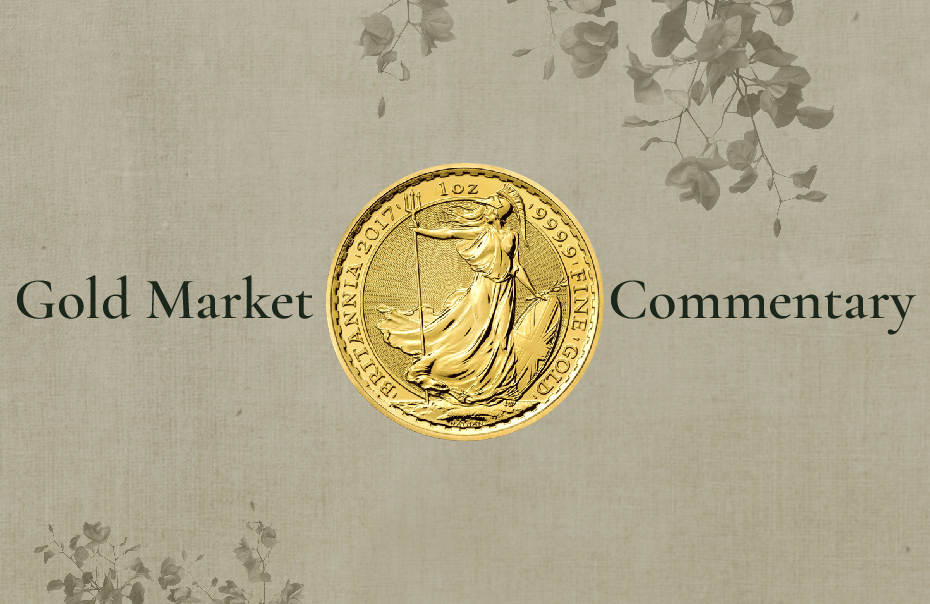Gold prices consolidated on profit taking in mid-February, trading below the latest in a series of record highs, and were buoyed by fears over trade wars linked to U.S. tariff policies.
Traders noted a drop from the highs in the run-up to the February 15-16 weekend, after bullion touched an all-time peak of USD $2,942.70 per ounce on February 11.
On February 14, just before the weekend, gold was down 1.67 percent to USD $2,882.09 per ounce on profit taking.
Phillip Streible, Chief Market Strategist at Blue Line Futures, was quoted by Kitco News as saying that easing geopolitical tensions are eroding gold’s safe-haven appeal.
First, a phone call between the U.S. and Russian leaders in February raised the prospect of a possible peace deal to end the war in Ukraine.
And second, while President Trump continues to threaten trade tariffs, he has delayed any major action until a country-by-country review has taken place, which is expected to be done by April.
Some traders saw further potential upside for gold, with USD $3,000 per ounce in sight, if uncertainties over the impact of tariffs intensified, and if the dollar weakened further. The greenback softened on the latest relief on U.S. tariff fears.
Gold is denominated in dollars, so any weakening of the dollar makes bullion more affordable in terms of other currencies.
Hopes of a peace deal in Ukraine, supported the euro against the dollar.
Stubborn U.S. inflation, sparked by worries over tariffs, has triggered sentiment that the Federal Reserve may pause cuts in interest rates, possibly not cutting rates again until late 2025.
The British pound hit its highest level so far in 2025 against the dollar in mid-February, supported by an unexpected uptick of 0.1 percent in economic growth in the UK in the final quarter of 2024.
The stronger pound will make gold cheaper for UK-based gold savers while the price of bullion consolidates following its rally in early 2025.
Financial markets have priced in cuts in UK interest rates of around 60 basis points in 2025, against a backdrop of a largely stagnant economy.
After the latest rate cut by the Bank of England, mortgage rates have come down amid signs that the residential sales market is picking up. Some buyers are hurrying to complete sales before a rise in stamp duty in April 2025.
Fears of UK “stagflation” in which a stagnant economy coincides with high inflation, and elevated unemployment, will complicate the outlook for the pound-dollar exchange rate.






























